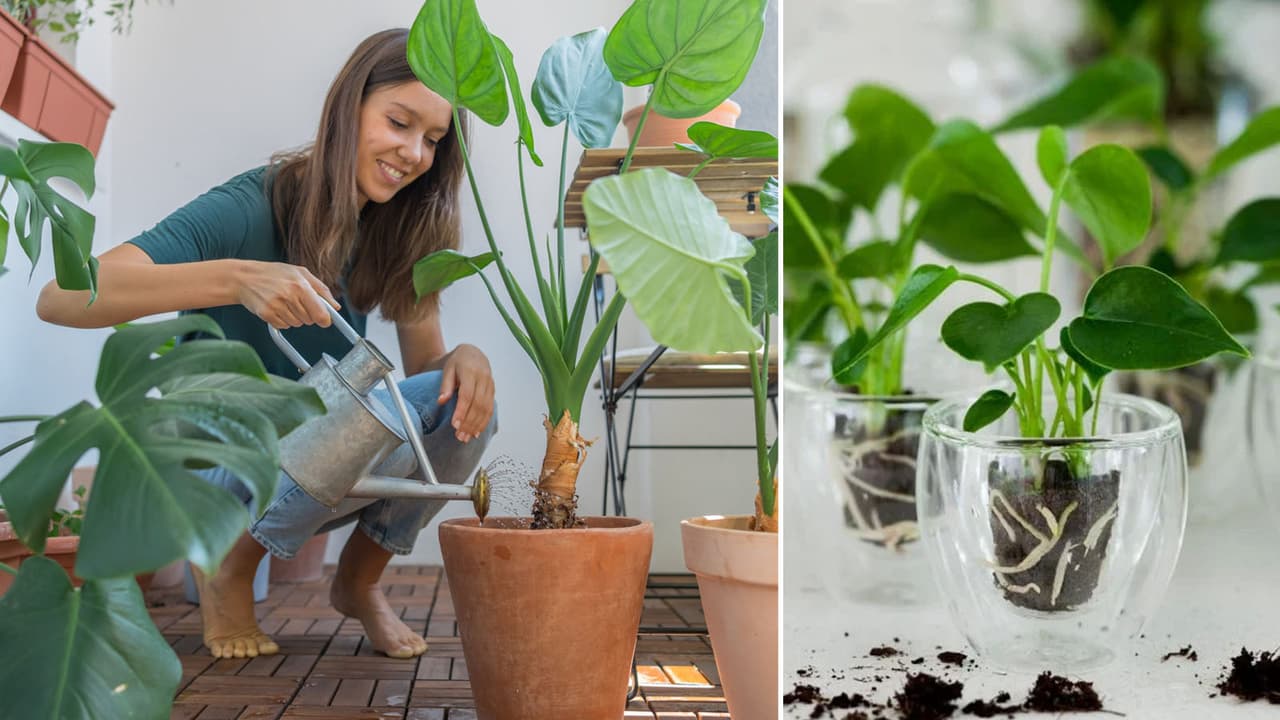Tiny pores on the surface of leaf is called: What are the mini lungs of plants called. Know how plants breathe and how leaves help in this.
If we look carefully at the leaves of plants, very small holes are visible on their surface. Usually these are not clearly visible with the naked eye, but when seen in a microscope they appear very clearly. After all, what are these holes called? And what is their job? Actually these small holes are called stomata. Stomata are as essential to the life of plants as lungs are to humans.
What are stomata?
Stomata are small holes which are present on the upper or lower surface of leaves. These pores help the plant to breathe, release water and exchange gases.
Read more- Anant Ambani’s premium gold-diamond brooch designs, whose prices break records.
What is the function of stomata?
- Process of plant respiration: Through stomata, the plant takes in carbon dioxide (CO₂) from outside and releases oxygen (O₂). Much like humans breathe, these pores act as lungs for the plant.
- Transpiration: Plants expel water vapor through their leaves. This process takes place through stomata only. This keeps the plant cool and nutrients reach up from the roots.
- Food Making i.e. Photosynthesis: Stomata bring in CO₂, through which the plant makes its food by photosynthesis in sunlight. If there were no stomata, the plant would not be able to make its own food.
Read more- Look will shine like silver! When you hold a small silver handbag in your hand
How do stomata open and close?
- There are two bean-like cells on either side of the stomata which are called guard cells.
- When these cells fill with water and swell, the pores open.
- When there is less water in the cells, the pores become clogged.
- Through this process of opening and closing, the plant controls the moisture and gases inside it.
Where are stomata mostly found?
In most plants, stomata are found mostly on the lower surface of the leaves. This reduces water loss. But in some aquatic plants they are also found on the upper surface.
